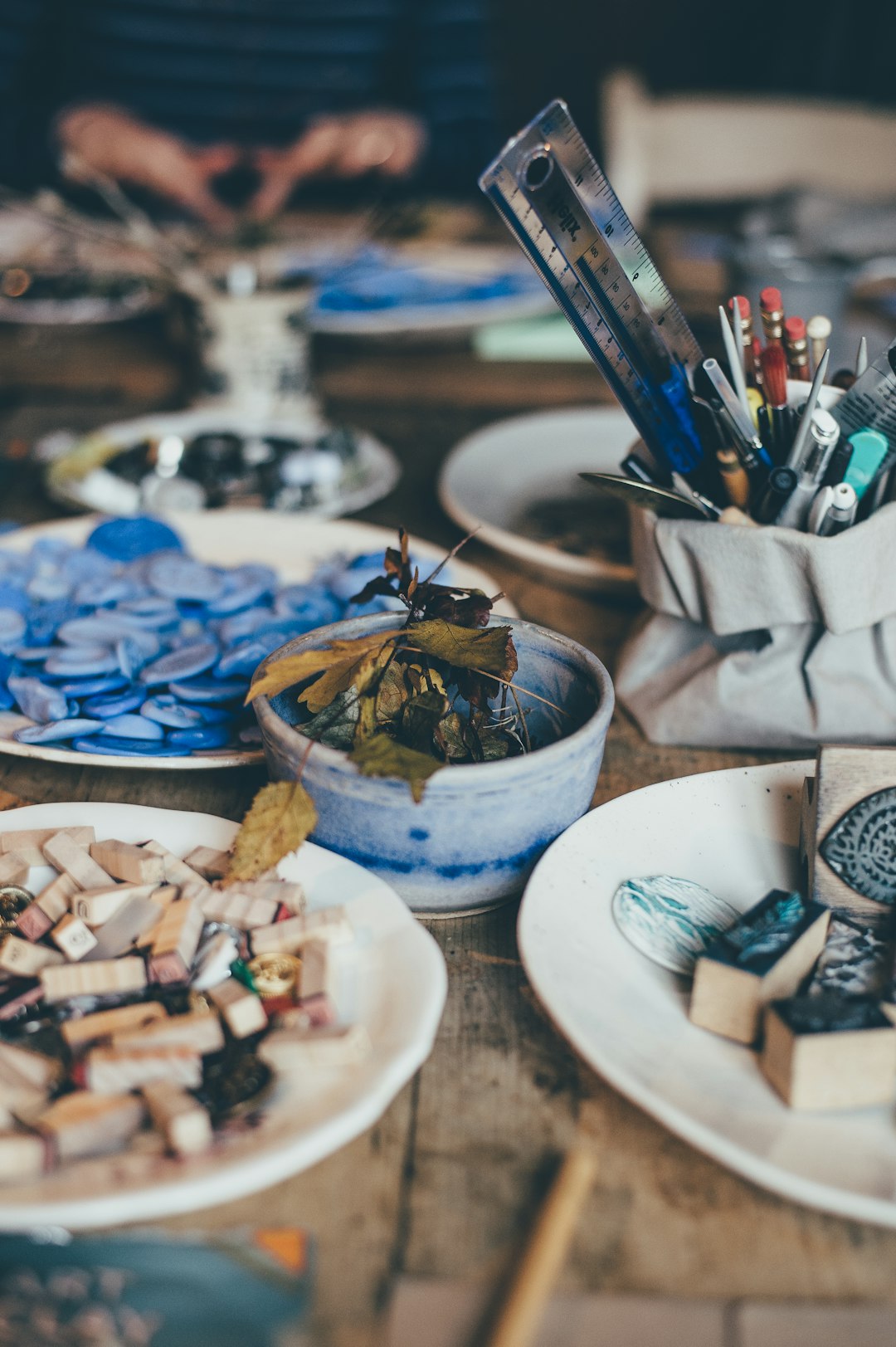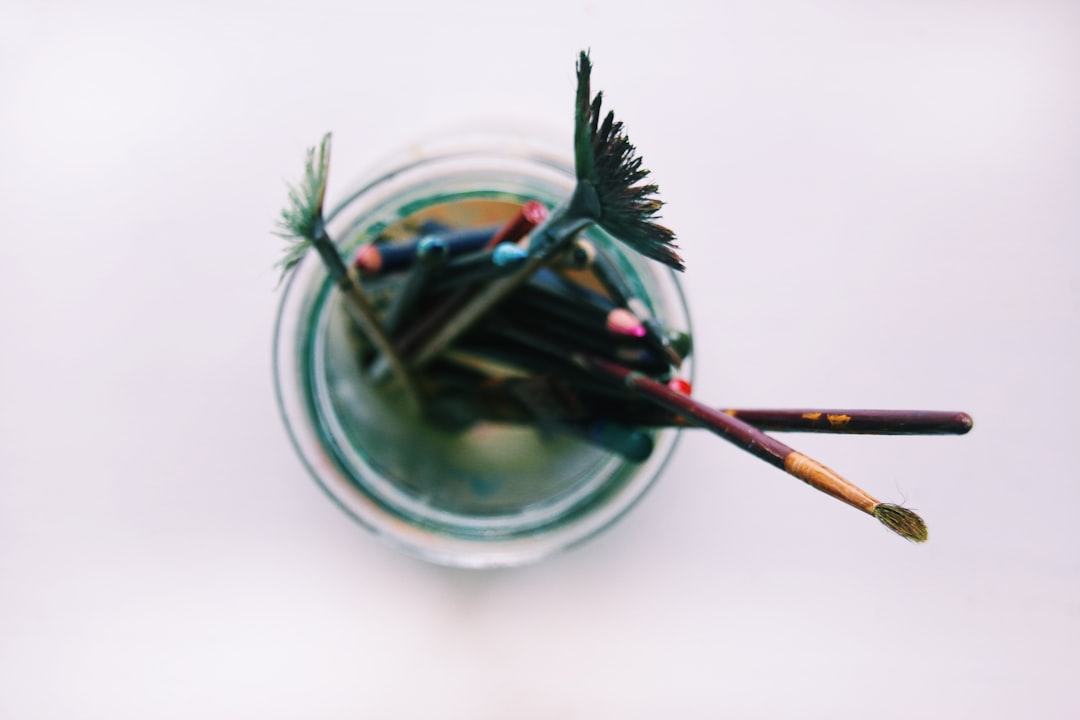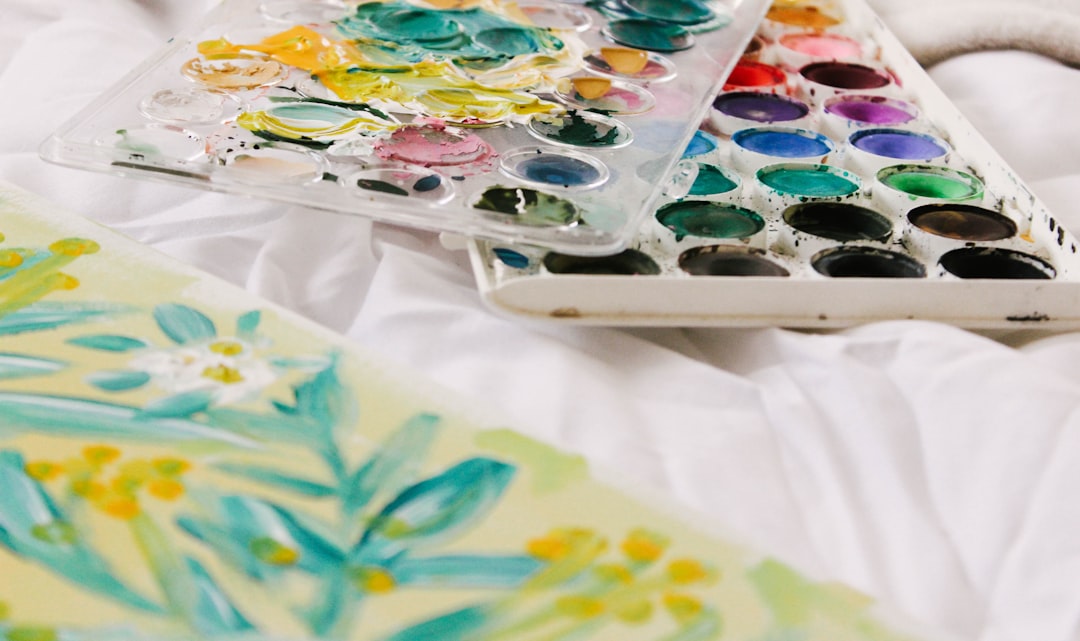Art Therapy
What is art therapy?

Art therapy uses art materials and visual mediums for self-expression within a therapeutic space. This can vary widely in each session depending on the person, their needs, and the context. Since healing looks and is experienced differently by everyone, art therapy will differ from person to person.
Simply put, art therapy can be a non-threatening, empowering way for people to express feelings or thoughts that may not be accessible using solely verbal language. Art therapy helps to make the invisible (felt emotions, thoughts, memories) visible in a tangible form.
Art therapy can help clients to express and explore their inner world, increase self-awareness and resiliency, support integration of a life experience or trauma that remains unresolved, and/or make meaning of a present life challenge.
Art therapy combines counselling and the creative process, using the process of art-making as a tool for communication, self-discovery, personal healing, and growth.
Do I have to have a background in art?

You do not have to have prior experience in art-making in order to benefit from art therapy. As long as you have an open and willing attitude to explore your creative process, and how the artwork might connect with relationships, experiences, or struggles in your life, any client can benefit from art therapy.
Art therapy can be valuable for clients at any age, with any artistic skill level.
Who can benefit from art therapy?
Art therapy, because it is tailored to each individual, can be beneficial for people of all ages, in any life stage. Art therapists work with individuals, couples, families, or groups in many contexts– schools, hospitals, hospices, drop-in centres, etc.
Art therapists work alongside each client to discover what the sessions can look like in order to best serve the client’s therapeutic goals.

How can art therapy benefit individuals in Hospice or Palliative Care?
Cognitive Benefits
- Facilitating non-verbal expression
- Gaining new perspectives
- Client viewing themselves as artist, creator, and more than a hospital patient
Emotional Benefits
- Humanizing/normalizing hospital environment
Increasing autonomy and dignity
Decreasing isolation, increasing quality of life
Opportunities for active decision-making and sense of control
- Maintaining client's identity
Exploring meaning of diagnosis
Fostering hope
Leaving a legacy
Fulfilling the human need to be creative
Providing client with the means to represent themselves on their own terms
Physical Benefits
- Supporting pain management
Sensory, tactile, and visual stimulation
Maintaining gross and fine motor skills
Through art-making, (which can include story-sharing/telling, letter-writing, painting, cast-making, clay work, etc.) individuals can be supported in making meaning in their current circumstances, as well as establishing a sense of legacy for a life lived. Many individuals feel moved to explore and resolve personal issues, or create gifts to convey gratitude to loved ones.
Further, the resulting art can serve as tangible evidence of the client’s vitality and/or capacity to have autonomy over their body and surroundings. All these benefits strengthens the client’s ability to cope with illness, and increase their quality of life.

© 2023 Phoebe Chin. All rights reserved.
© 2023 Phoebe Chin. All rights reserved.
© 2023 Phoebe Chin. All rights reserved.
OUR TEAM | ART THERAPY | FAQ | RESOURCES | CONTACT
OUR TEAM | ART THERAPY | FAQ | RESOURCES | CONTACT
OUR TEAM | ART THERAPY | FAQ | RESOURCES | CONTACT